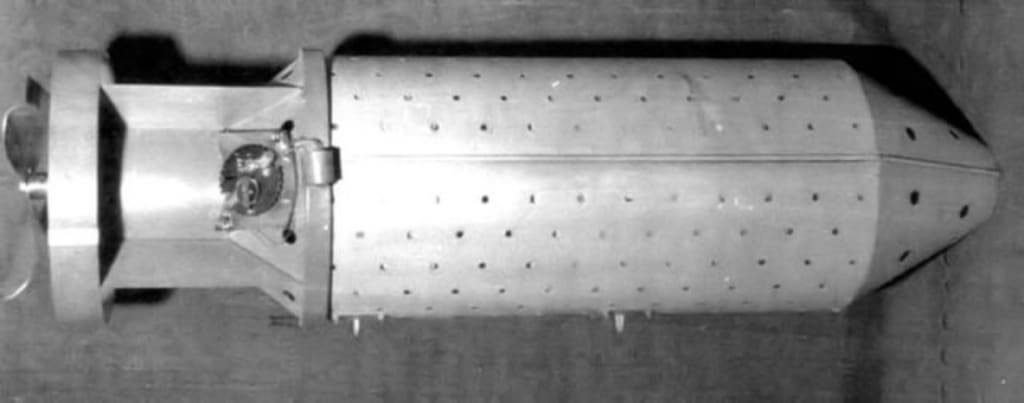For as long as humans have waged war, we've conscripted the animal kingdom into the fight. From horses carrying knights into battle to carrier pigeons delivering messages across enemy lines, animals have played surprisingly versatile roles throughout military history. But beyond cavalry charges and communication, humans have also come up with some truly bizarre ways of weaponizing our furry and feathered friends.
Of course, no animal is more closely associated with warfare than the horse. Domesticated around 4000 BC, horses revolutionized transportation and combat. Mounted warriors could attack with force and speed unmatched by infantry. Successive empires were built on the back of the horse, from the feared Mongol cavalries to the Polish hussars who valiantly but futilely charged Nazi panzers in 1939. Horses remained critical for transport and logistics through World War II, after which armoured vehicles finally relegated them to the side-lines. Still, their 6000-year run as instruments of warfare is unlikely to ever be matched.
But horses weren't the only creatures thrown into the fray. Asian powers also utilized intimidating elephant cavalry. Beginning in India around 500 BC, elephants functioned essentially as tanks, breaking and scattering enemy lines. Properly supported, elephant units were nearly unstoppable. But legend tells of a surprising countermeasure: squealing pigs. Apparently, nothing terrified war elephants like the sound of agitated swine. Yet despite this weakness, elephants remained in service as recently as 1987 during the Iran-Iraq War.
Man's best friend has also been recruited, usually for communication and supply runs. During World War I, tens of thousands of dogs were trained for battle. Some were fitted with mini cameras to spy on enemy trenches. Others alerted soldiers to poison gas or incoming shells. The most widely employed canines were messengers tasked with delivering critical information between units. Though largely successful, many thousands still perished in the line of duty.
And it wasn't just conventional duties for dogs. The Soviets controversially trained anti-tank dogs in the 1940s. Fitted with explosives and conditioned to hide under tanks, the dogs would detonate and destroy the target vehicle. At least, that was the idea. In practice, the dogs frequently blew up the wrong tanks after losing their bearings in the heat of battle. The Soviets ultimately halted the failed program, though not before numerous self-detonations eliminated the misguided canine recruits.
But man's notions of weaponizing animals have extended far beyond battlefield support roles. Enter American dentist Lytle Adams and his truly bizarre bat bomb concept. In 1942, Adams proposed strapping tiny incendiary explosives to live bats, loading them into bombs, and dropping the bat payloads over Japanese cities. Free of their casings, the bats would disperse and roost under roof eaves and gables. The timed explosives would then ignite, creating hundreds of small fires that would overwhelm firefighting efforts and burn Japanese cities to the ground.
Surprisingly, President Roosevelt approved the zany scheme and assigned it to the Army Air Force. Test drops went amazingly well, as the escaped bats spread chaos across the New Mexico test site. Had the atomic bomb not emerged first, bat bombs may well have fire stormed Japan as planned. But by 1945, the need for such an elaborate scheme had passed. The bats were spared their final suicide mission.
Recruited from science rather than dentistry, famed psychologist B.F. Skinner proposed an equally unconventional system for missile guidance. Dubbed Project Pigeon, it utilized the birds' reputed eyesight and unflappability. The system worked by training pigeons to track images on screens and peck at the target. Missile-mounted pigeon capsules converted pecks into guidance commands. Though successful in tests, electronic targeting superseded pigeon pilots by 1944. The surviving birds were undoubtedly relieved.
Compared to exploding bats and missile-guiding birds, British plans to weaponize rodents seem almost mundane. But their exploding rats also had tactical purpose. Dead rats would be stuffed with plastic explosives and left around industrial facilities. Discovered rat carcasses were typically tossed into furnaces for hygienic disposal. However, these rigged rats were designed to detonate in the furnaces and destroy vital factory equipment. A clever concept, though it failed to inflict any actual damage. The sole batch was intercepted en route, and the Nazis' ensuing rat hunt proved the bigger headache.
In recent decades, dolphins and sea lions trained for aquatic mine detection have been the most prominent animal weapons. But rumours persist of military pursuits involving sharks, rats, and insects. While outlandish WWII-era schemes like bat bombs have faded into obscurity, they reflect both incredible creativity and a remorseless willingness to sacrifice animal lives to advance human interests. And though animal conscription has evolved, those ethical issues remain largely unresolved. In the end, bat bombs were abandoned not because of ethical concerns, but because better options emerged. As technology continues to advance, let's hope future wars can be fought without the forced participation of animals large and small alike.



No comments yet
Be the first to share your thoughts!